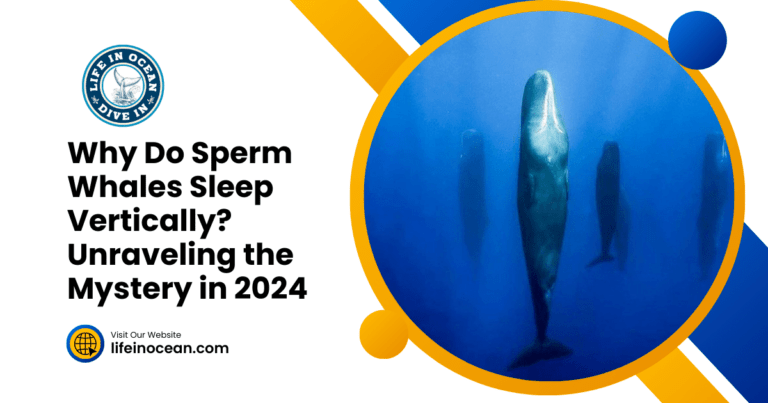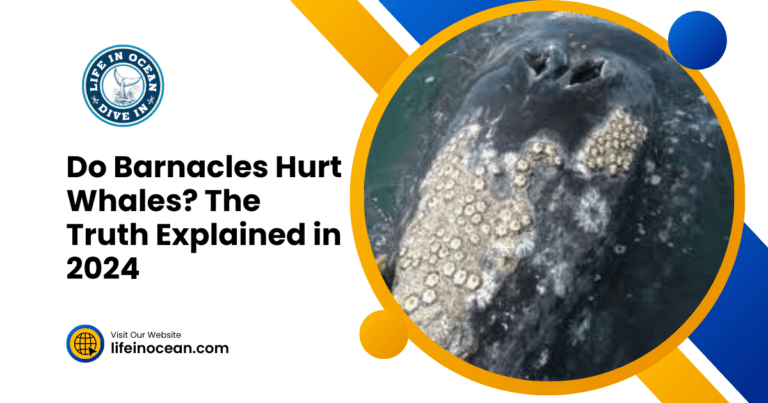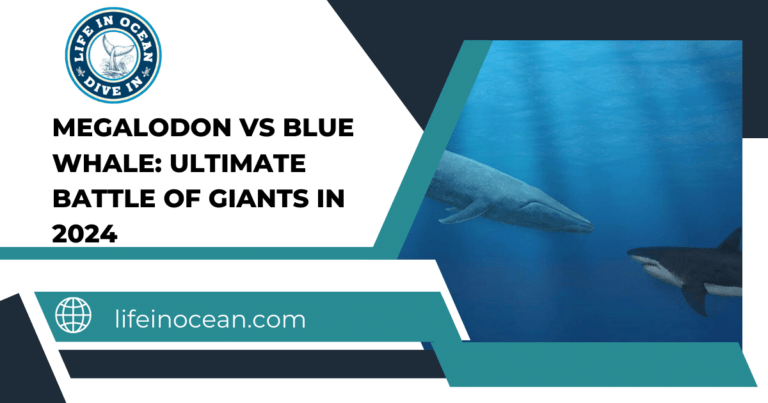The platypus, a fascinating creature endemic to Australia, is a unique mammal and one of the few remaining monotremes. With its duck-like bill, webbed feet, and ability to lay eggs, the platypus challenges conventional biological classifications. Despite being classified as a mammal due to its ability to nurse its young with milk, it also possesses reptilian and avian features. This enigmatic animal, wildlife, has puzzled scientists for centuries and continues to be an object of intense study.
Table of Contents
Classification and Taxonomy of the Platypus
Family Ornithorhynchidae
The platypus is a fascinating egg-laying monotreme belonging to the family Ornithorhynchidae. This unique animal, the duck-billed platypus, is one of the few remaining monotremes, making it an essential part of the ecosystem. The family Ornithorhynchidae also includes another species known as the long-beaked echidna.
The platypus belongs to a special group called monotremes, which are remarkable mammals that may lay eggs instead of giving birth to live young. This makes them distinct from other mammals such as dogs, cats, and humans. Monotremes are rare, with only five existing species in this category, including the platypus and four species of echidnas.
Taxonomic Name
Taxonomically speaking, the scientific name for the platypus, a monotreme, is Ornithorhynchus anatinus. The genus name “Ornithorhynchus” refers to its bird-like appearance due to its bill and webbed feet, while “anatinus” means “duck-like.” These names reflect some physical characteristics that make this animal so unique among other mammals.
- Belongs to the family Ornithorhynchidae
- Classified as a monotreme
- Scientifically named Ornithorhynchus anatinu
Physical Description and Identification
Unique Features
The platypus is a fascinating creature with a truly unique appearance. It has a distinctive combination of features, including a duck-like bill, which it uses to hunt for food underwater. This extraordinary mammal, the platypus, also boasts webbed feet, enabling it to be an adept swimmer. Its dense, waterproof fur helps maintain its body temperature in the chilly waters where it spends much of its time.
In addition to these remarkable traits, adult male platypuses possess something quite extraordinary: venomous spurs on their hind legs. These spurs are used as a means of defense against predators and can deliver potent venom when needed.
Adaptations for Survival
The platypus’s physical characteristics are well-suited for its semi-aquatic lifestyle. Its streamlined body and webbed feet allow efficient movement through water, while the waterproof fur provides insulation and protection from the elements.
Moreover, the ability to regulate its body temperature enables the platypus to thrive in diverse aquatic environments. For example, during colder days when diving deep below the water surface is necessary for finding food, this adaptation allows them to maintain warmth even at lower depths.
Habitat and Geographic Distribution
Freshwater Habitat
Platypus mammals are primarily found in freshwater habitats along the eastern coast of Australia and Tasmania. They seek out slow-moving streams, rivers, and lakes with dense vegetation to create burrows for shelter. The preference for such environments is essential for their survival.
The platypus mammal’s habitat requirements limit its distribution to specific regions. These platypus mammals rely on a particular type of environment to thrive, which restricts their presence to certain areas within Australia and Tasmania. This restricted distribution emphasizes the significance of suitable freshwater systems for platypuses’ existence.
River Systems
The geographic distribution of platypus mammals is closely tied to river systems that provide the necessary conditions for their survival. Due to their dependence on freshwater environments with specific characteristics, they tend to inhabit regions where these types of river systems are prevalent.
Diet and Feeding Behaviors
Aquatic Invertebrates
Platypuses have a unique diet consisting of aquatic invertebrates such as insects, larvae, and crustaceans. They primarily hunt for these creatures underwater using their remarkable electroreception abilities to detect prey. This allows them to locate food even in murky or dark water conditions.

They use their sensitive bills to detect electric fields generated by the muscle contractions of their prey. Once they’ve located an invertebrate, they scoop it up with their bill and store it in special cheek pouches. These pouches allow them to carry the food to the surface without swallowing water, where they can consume it safely.
Cheek Pouches and Consumption
The platypus’s feeding behavior involves carrying its captured food items from underwater using cheek pouches, which are specialized adaptations for this purpose. Once at the surface, they then consume their meal by grinding up the food with horny plates inside their mouths before swallowing.
This method of feeding is essential for platypuses as they spend much of their time submerged in water while hunting for food. Their ability to store captured prey without ingesting water enables them to efficiently feed on aquatic invertebrates without constantly resurfacing.
- Platypuses have a fascinating feeding strategy involving electroreception.
- They capture aquatic invertebrates using cheek pouches before consuming them on the surface.
- The specialized adaptations enable them to feed efficiently while submerged underwater.
Reproduction and Life Cycle
Egg-Laying
Female platypuses lay 1-3 leathery eggs in burrow nests. They carefully incubate these eggs, keeping them warm and safe from harm.
The female platypus is highly protective of her eggs, ensuring their safety until they hatch. This behavior is crucial for the survival of the species.
Birth and Nursing
Once hatched, the young platypuses are born blind and hairless. They rely entirely on their mother’s milk for nourishment.
During this period, the mother stays close to her offspring, providing warmth, protection, and nourishment essential for their growth.
The diet of insect larvae obtained during feeding behaviors directly impacts the quality of milk produced by the mother platypus. This interconnection emphasizes how crucial it is for a platypus to have a well-balanced diet rich in insect larvae.
Independence
After being nursed for 3-4 months, the young platypuses become more independent. At this stage, they start venturing out on their own but still require guidance from their mothers as they learn to fend for themselves.
This transition phase prepares them to survive in their natural habitat without relying solely on maternal care or feeding behaviors taught by their mothers.
Unique Features and Adaptations
Mammalian, Avian, and Reptilian Features
The platypus is a fascinating creature with a mix of characteristics from mammals, birds, and reptiles. Its body structure allows it to thrive both on land and in water. The webbed feet help the platypus to swim gracefully underwater, while its streamlined body aids in swift movement through the water.
In addition to these physical features, the platypus also possesses an electroreception system that sets it apart from other mammals. This unique ability enables them to detect prey by picking up on electrical signals emitted by their movements. It’s like having built-in radar for hunting underwater.
Evolutionary History and Nature
Scientists have long been intrigued by the platypus’s evolutionary history due to its unusual combination of traits. Despite being classified as a mammal, this extraordinary creature lays eggs instead of giving birth to live young like most mammals do.
Moreover, the discovery of fossils has provided valuable insights into the ancient relatives of modern-day platypuses. These findings have shed light on how this remarkable animal has adapted over time to survive in various environments.
Conservation Status and Human Interactions
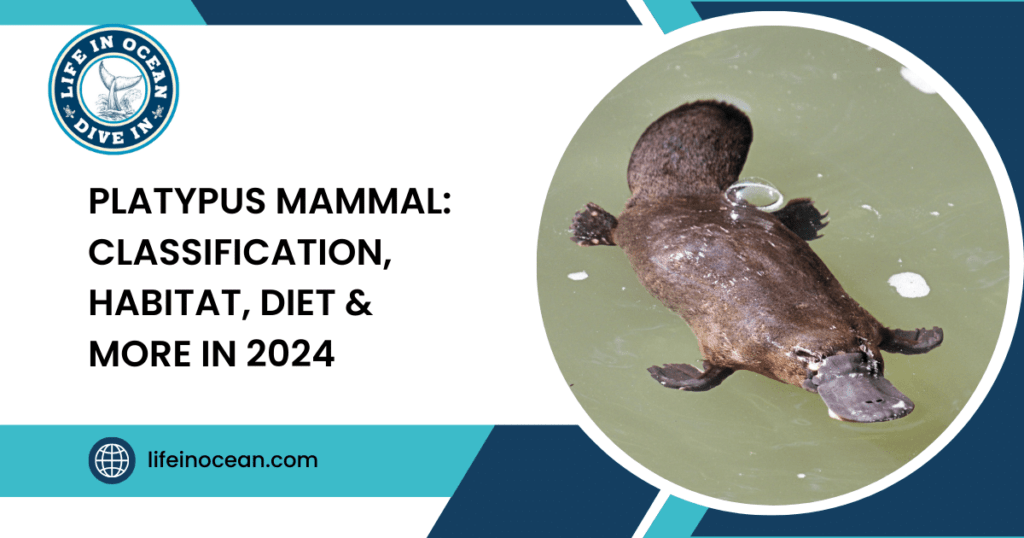
Threats to Platypus Mammals
Platypus mammals face various threats, including habitat destruction, pollution, and entanglement in fishing gear. The clearing of land for urbanization and agriculture significantly impacts the availability of suitable habitats for these unique creatures. Pollution from industrial activities and agricultural runoff further deteriorates their natural environment.
These activities have led to a decline in platypus populations across their range. As a result, efforts are being made to protect their habitats through conservation programs aimed at minimizing land clearing and reducing pollution levels in water bodies where platypuses reside.
Conservation Efforts
Conservationists have initiated habitat protection measures such as creating wildlife corridors that connect fragmented habitats to ensure the survival of platypus populations. Monitoring programs are being implemented to track population trends and assess the effectiveness of conservation efforts.
Despite facing multiple threats, there is hope for the preservation of these remarkable animals through collaborative actions involving government agencies, conservation organizations, and local communities. By raising awareness about the importance of protecting natural ecosystems where platypuses thrive, there is an opportunity to secure a safer future for these intriguing mammals.
Summary on Platypus Mammal
In conclusion, the platypus is a fascinating mammal with unique characteristics that set it apart from other animals. Its classification, physical description, habitat, diet, reproduction, and adaptations all contribute to its remarkable nature. The conservation status of the platypus highlights the importance of human efforts to protect this extraordinary creature and its natural habitat.
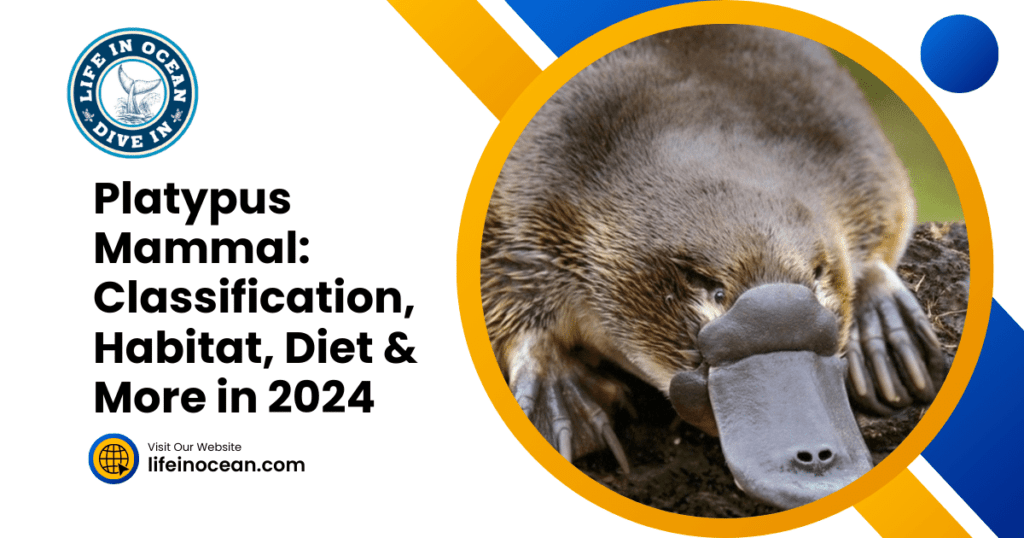
To learn more about the platypus and contribute to its conservation, individuals can engage in educational initiatives, support wildlife organizations, and advocate for environmental policies that safeguard the ecosystems where the platypus resides.
Frequently Asked Questions
What is the classification and taxonomy of the Platypus?
The platypus, a unique mammal native to Australia, belongs to the family Ornithorhynchidae and genus Ornithorhynchus. It is classified as a monotreme, a group of egg-laying mammals.
How can one identify the physical description of a platypus?
The platypus has a distinctive appearance with its duck-like bill, webbed feet, dense fur, and streamlined body. Adult males also have venomous spurs on their hind legs.
Where does the platypus live and what is its geographic distribution?
Platypuses inhabit freshwater streams, rivers, and lakes in eastern Australia including Tasmania. They are primarily found in areas with soft river banks for burrowing.
What does the platypus eat and what are its feeding behaviors?
As semi-aquatic animals, platypuses feed on aquatic insects, larvae, and small crustaceans found at the bottom of rivers or lakes. They use electroreceptors in their bills to detect prey.
How do platypuses reproduce and what is their life cycle like?
Platypuses mate during winter months; females lay 1-3 eggs which they incubate by curling around them for about 10 days before hatching. The young are nursed by milk secreted through mammary gland ducts.




